
Originally Posted by
rgsparber

Tony,
While I wait for my new vacuum pump to arrive, I decided to play with using Elmer's white glue to stick a coupon of FR4 single sided circuit board matrerial down on a piece of MDF. I put down a very thin layer of the glue, then the board, and finally about a pound of weight. Let it set up for 30 minutes.
I was able to mill a series of cuts across it deep enough to separate the sheet of copper into strips. Then, just as a torture test, I put the coupon, mounted on the MDF, against my 3M wheel. The wheel removed some of the copper around the edges but the coupon stayed solidly attached to the MDF.
Since this glue is water soluable, I was able to easily release the coupon by running water over it for a few seconds. Lifted right off.
I did take a picture but keep getting an error when I try to upload it. It is a .jpg file.
Rick
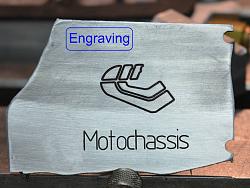
Click thumbnails for full size.
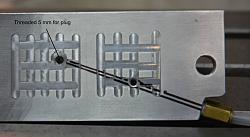
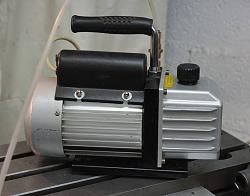
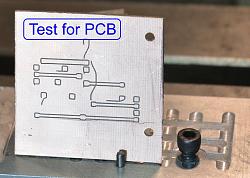



 LinkBack URL
LinkBack URL About LinkBacks
About LinkBacks
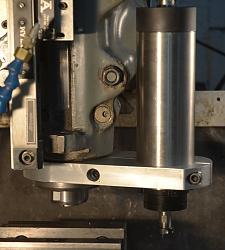
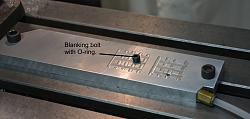
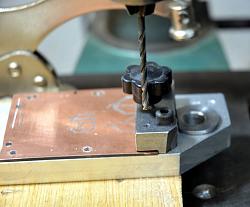
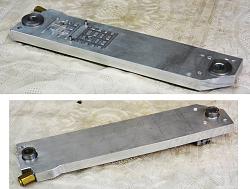


 Reply With Quote
Reply With Quote









Bookmarks